'During the year 1915, an ageing Higaonna Kanryo (out of respect for his Chinese teacher) - instructed his disciple Miyagai Chojun - to leave Okinawa and travel to Fuzhou to seek out Master Gong (师公 - Shi Gong) and other eminent (and related) martial arts teachers (who had taught Higonna Kanryo decades before)! Whilst in Fuzhou, Miyagi Chojun was introduced to Master 'Wu Xiangui' (吴贤贵) who accepted him as a student. Master Wu Xiangui was a very well-known expert in Fujian White Crane Fist (福建白鹤拳 - Fu Jian Bai He Quan)! (Wu Xiangui eventually emigrated to Okinawa where he became a 'naturalised' citizen - taking on the Japanese surname of 'Yoshikawa' [吉川 - Ji Chuan]. Records suggest that 'Yoshikawa' died in Okinawa during 1940). Whilst in Fuzhou, Miyagi Chojun was introduced to a great number of very important martial arts teachers who were all willing to teach him on the grounds of the high regard and respect that the Chinese community held for the memory of Higaonna Kanryo! During this time, Miyagi Chojun studied and learned a set (套 - Tao) of martial movements collectively termed 'Six Weaving Open Hands' (六机手 - Liu Ji Shou). Later, after returning to Okinawa - Miyagi Chojun further developed this technique and renamed it '转掌' (Zhuan Zhang) - 'Turning Palm' or 'Changing Palm'.
In 1915, shortly after Miyagi Chojun returned to Okinawa, Higaonna Kanryo died of illness, and Miyagi Chojun inherited his martial arts school and became the head teacher in Naha.'
Miyagi Chojun O'Sensei
https://baike.baidu.com/item/宫城长顺/9937294
'1915年,宽量叫宫城长顺到福州寻访师公及其他同门。在福州期间,宫城长顺跟随吴贤贵(吴乃福建白鹤拳名家,后归化改姓吉川。1940年死于冲绳。)及其它武术家习武切磋。在这段时间,宫城学习了一套名叫六机手的拳套,当他回到冲绳岛后,再把它整理改良后,称为转掌.
1915年,宫城长顺回到冲绳岛不久后,东恩纳宽量病殁,宫城长顺承继了他的武术,并成为那霸手的总教练。'
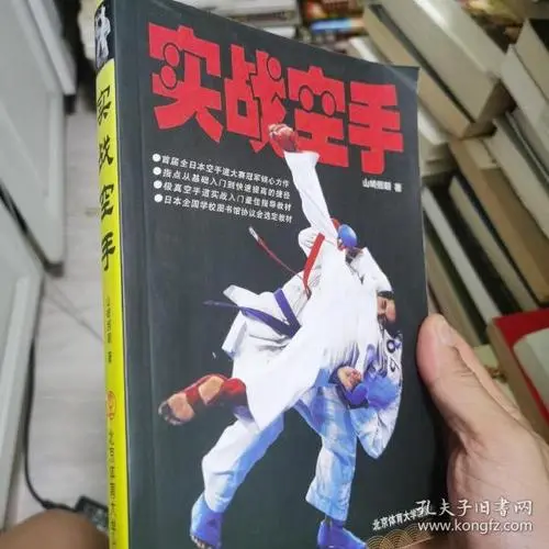

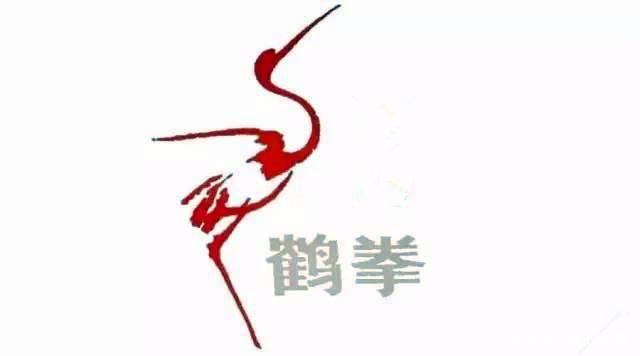
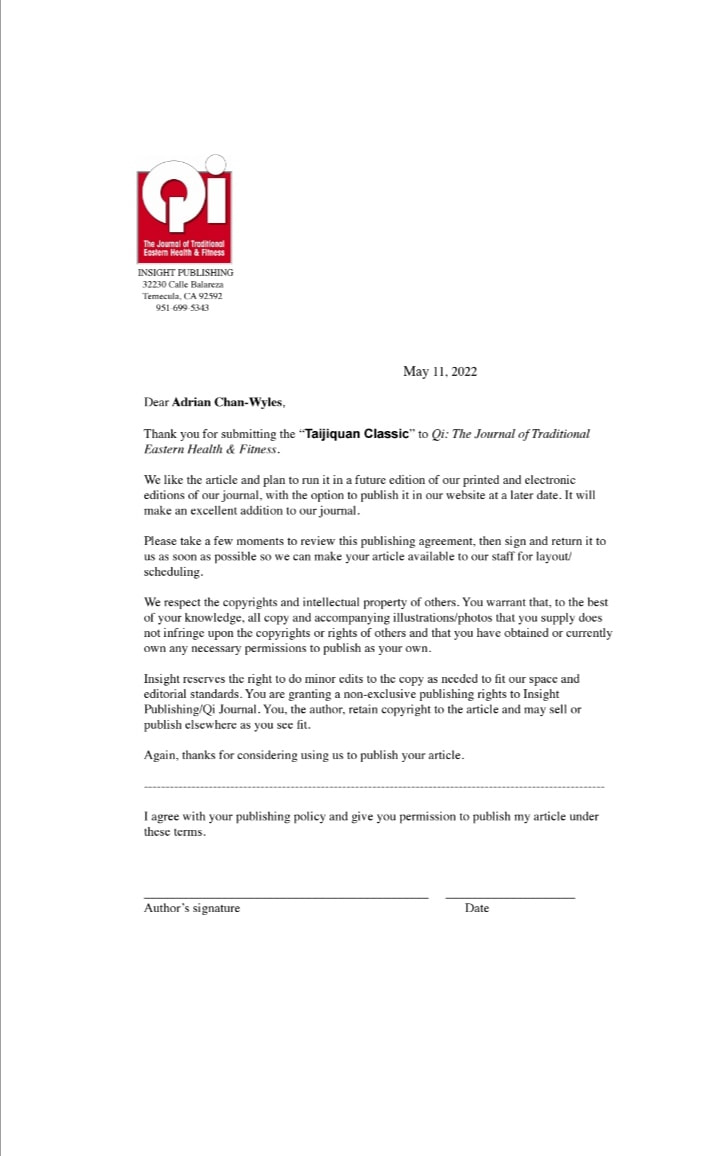
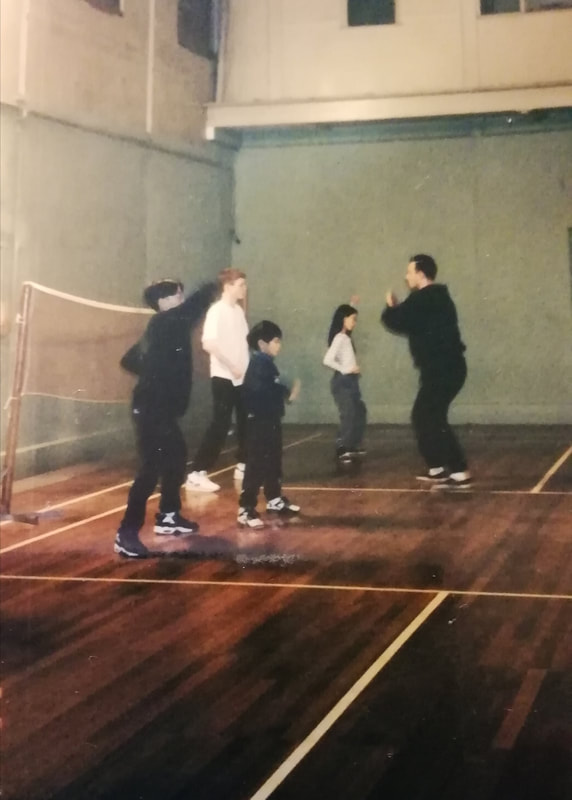
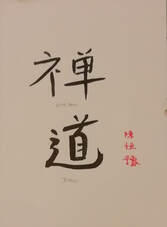
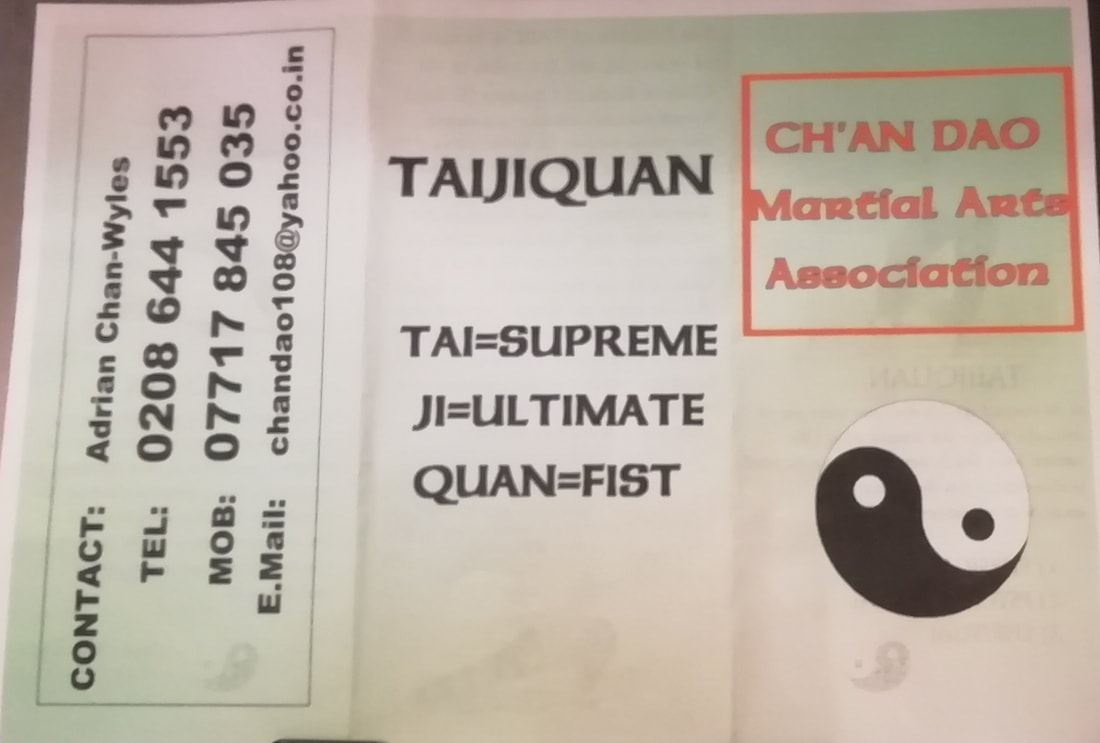
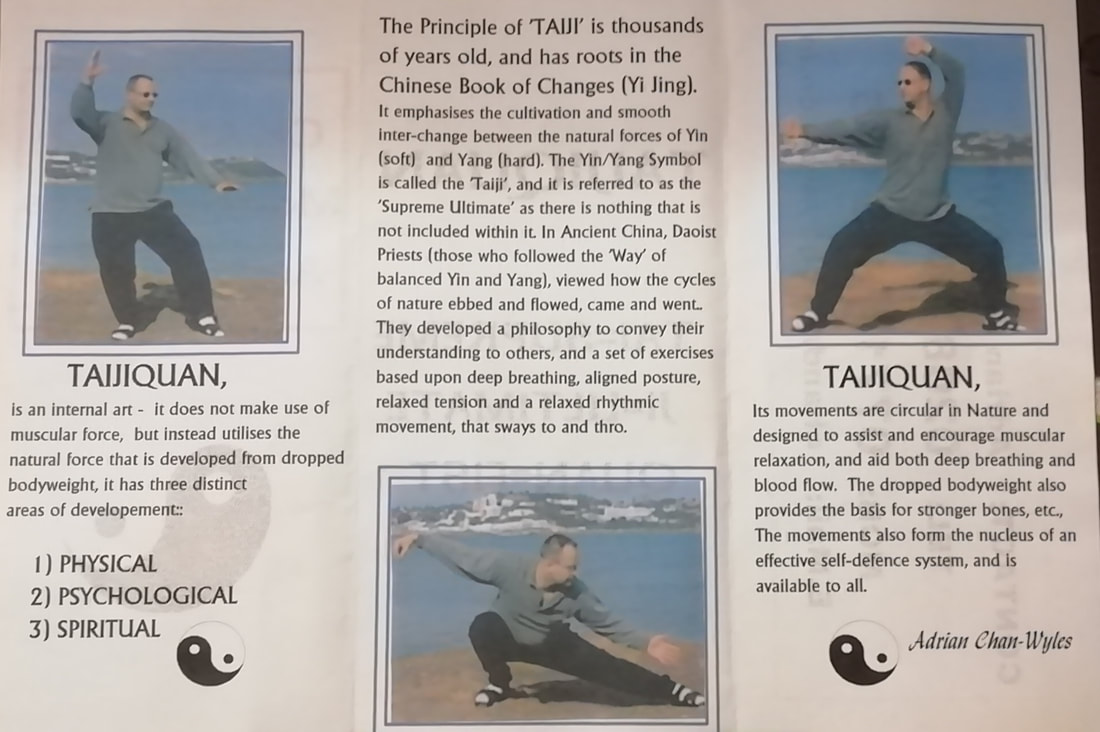
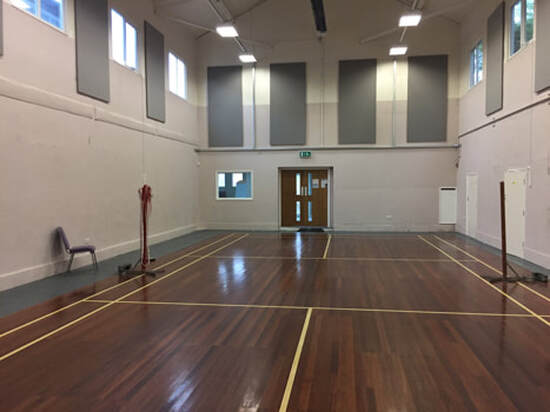
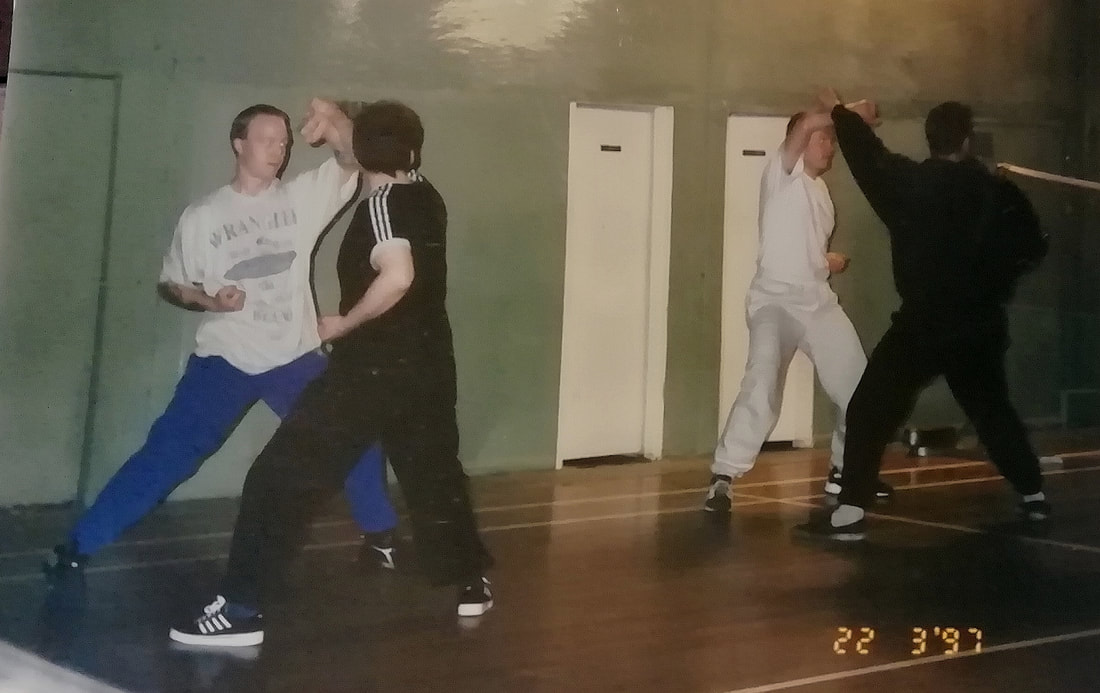
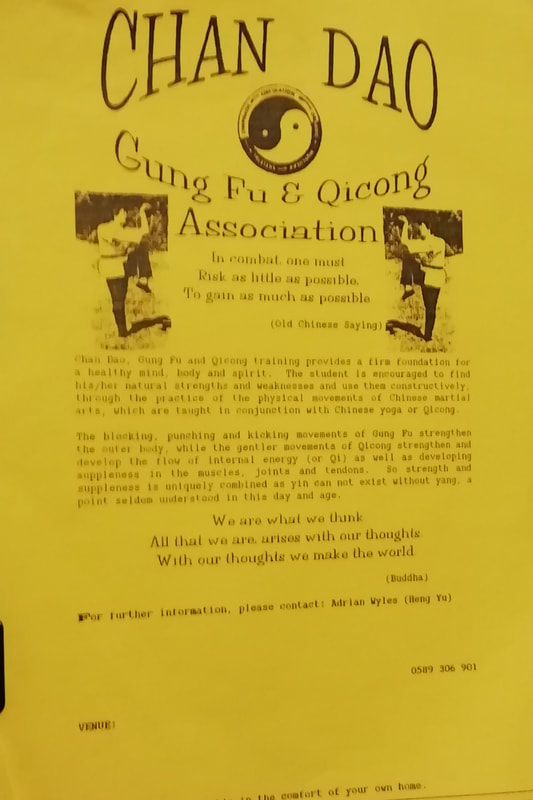
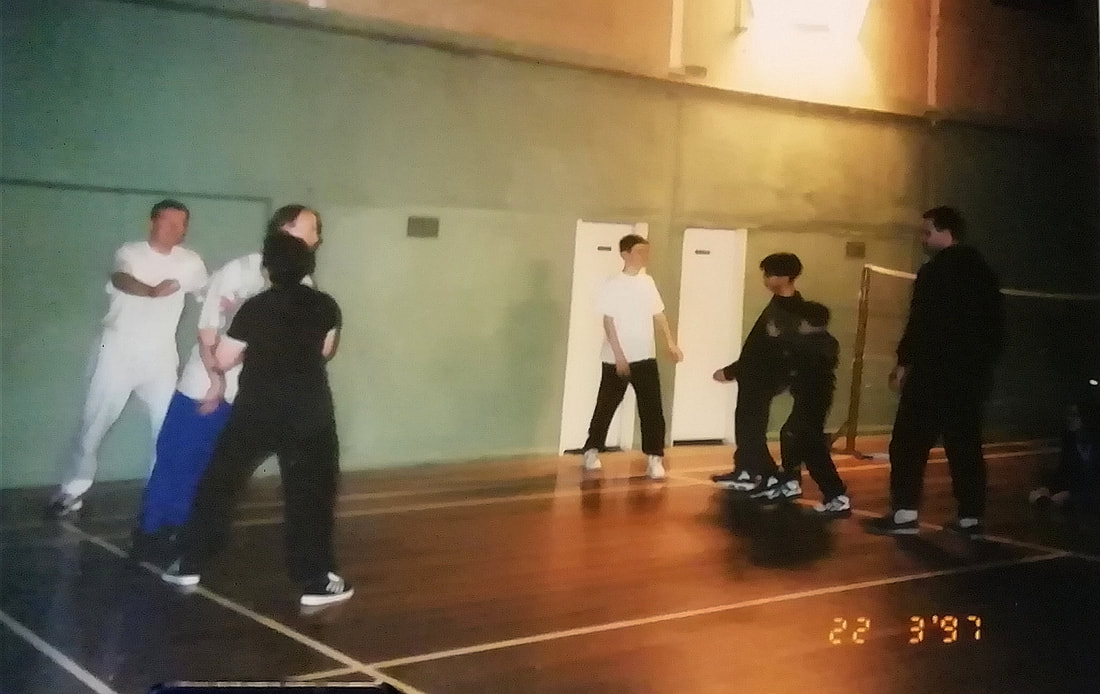
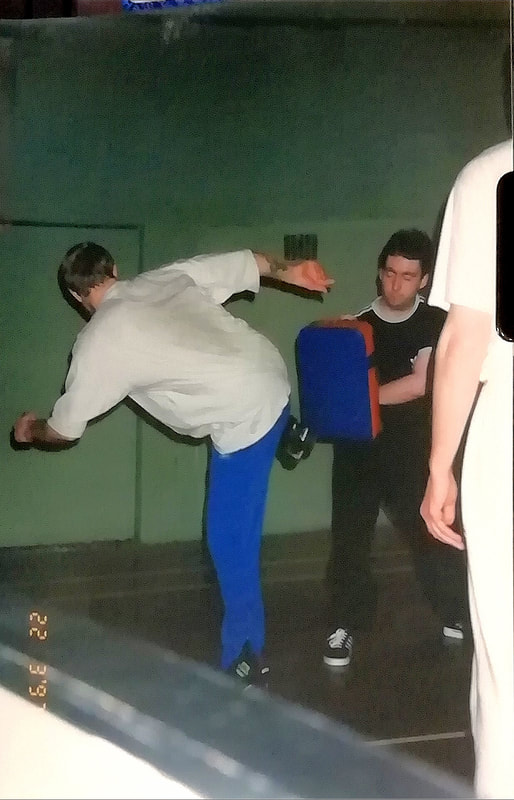
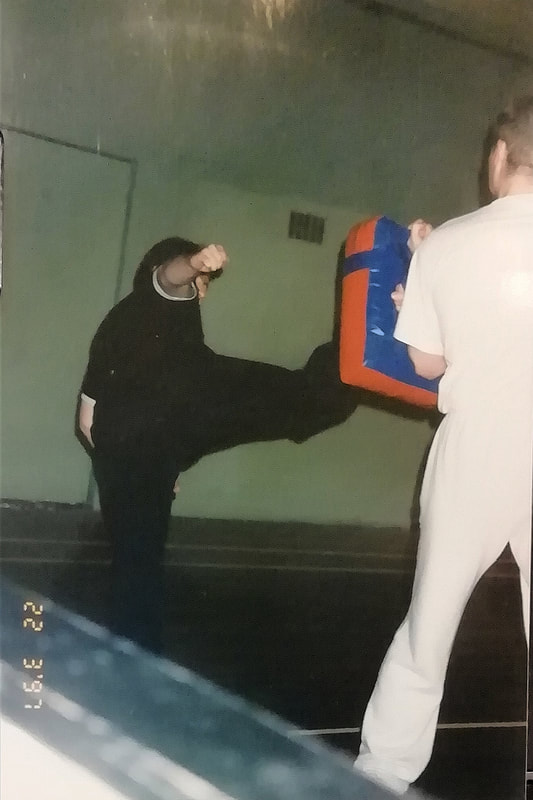
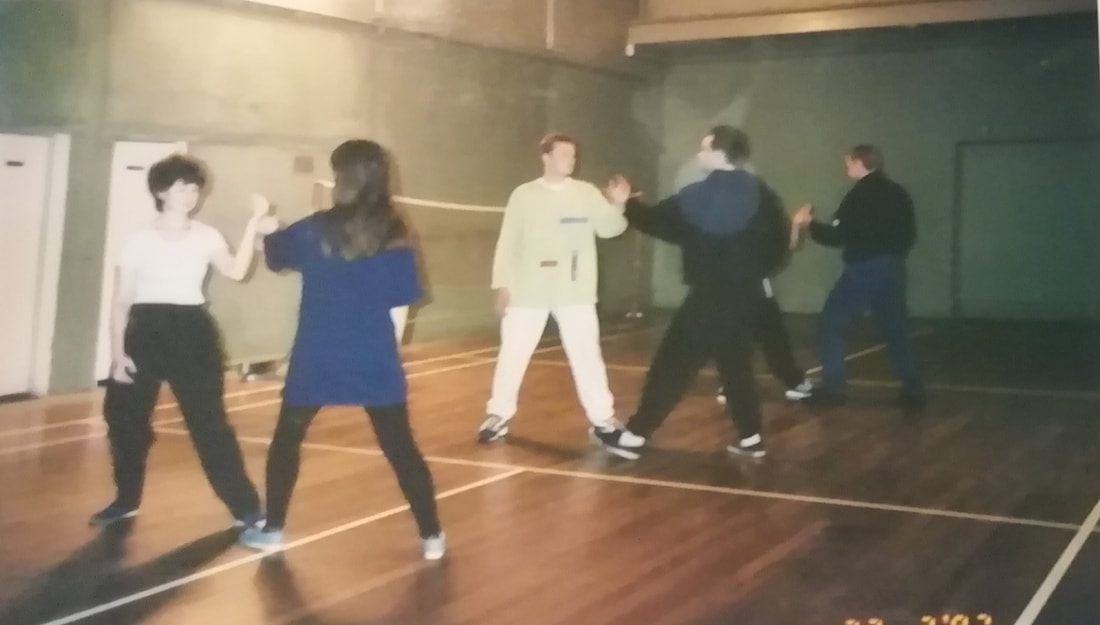
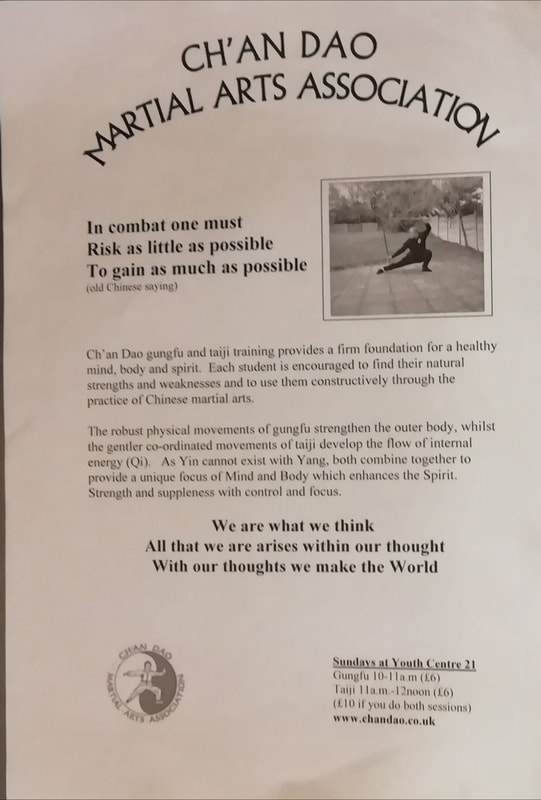
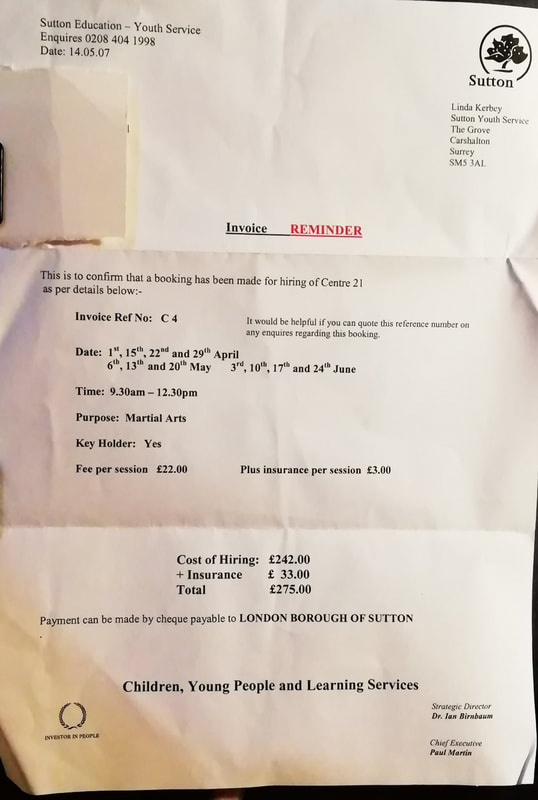
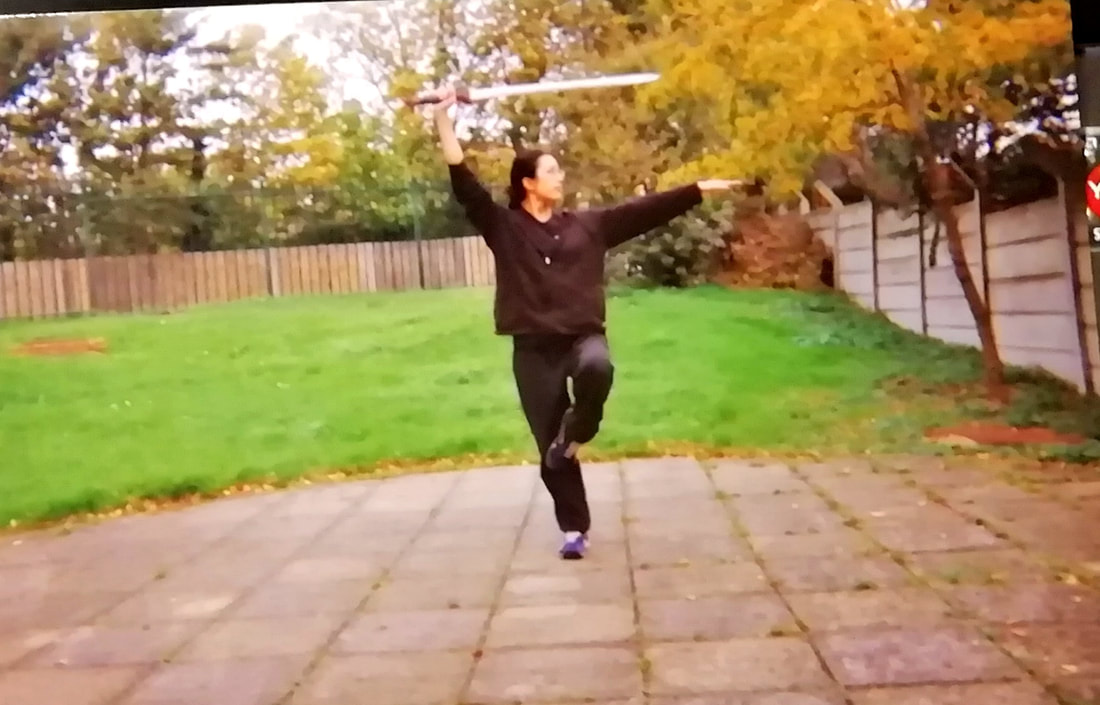
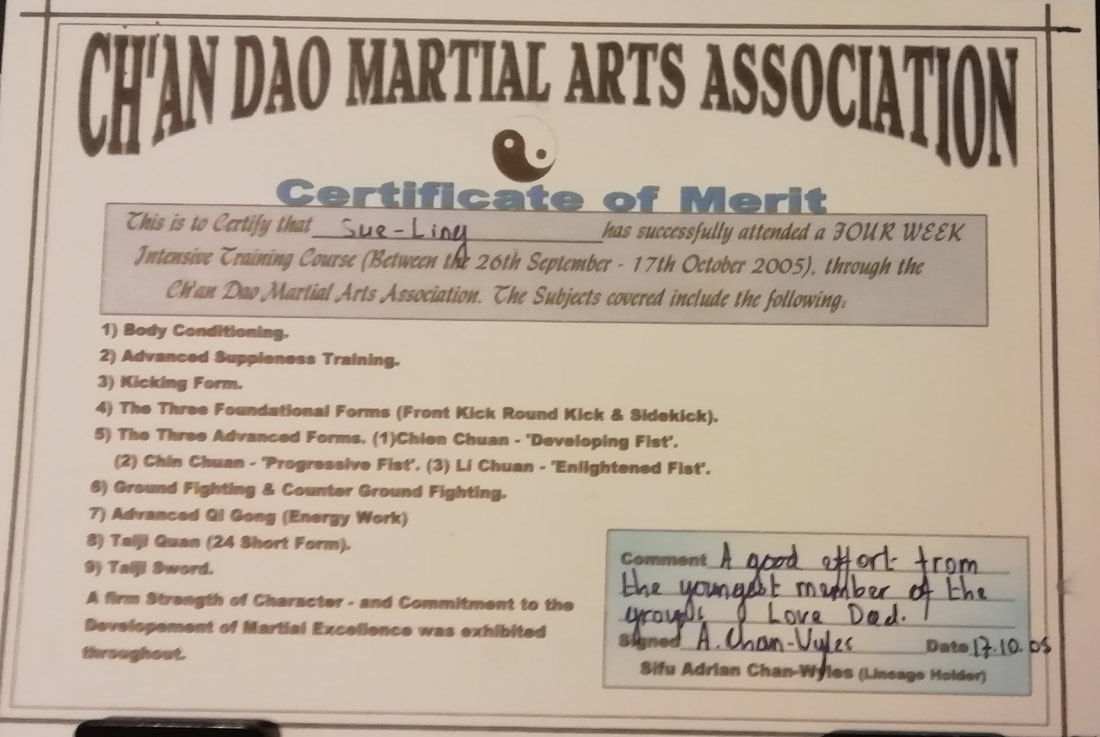
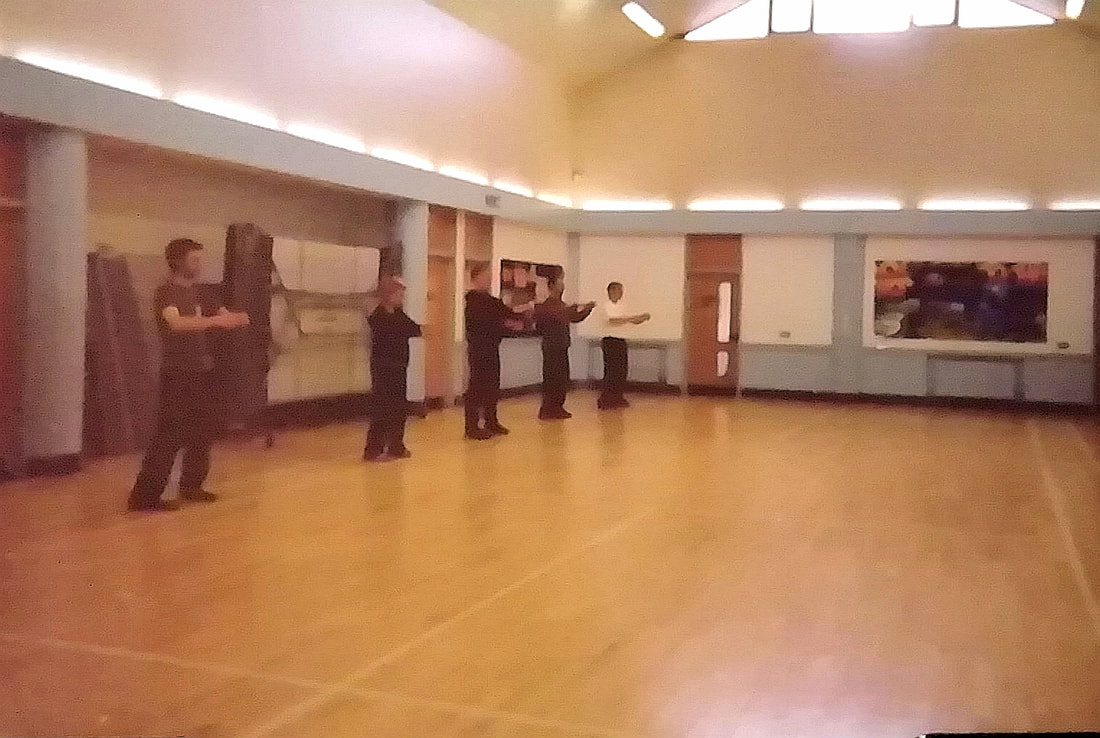
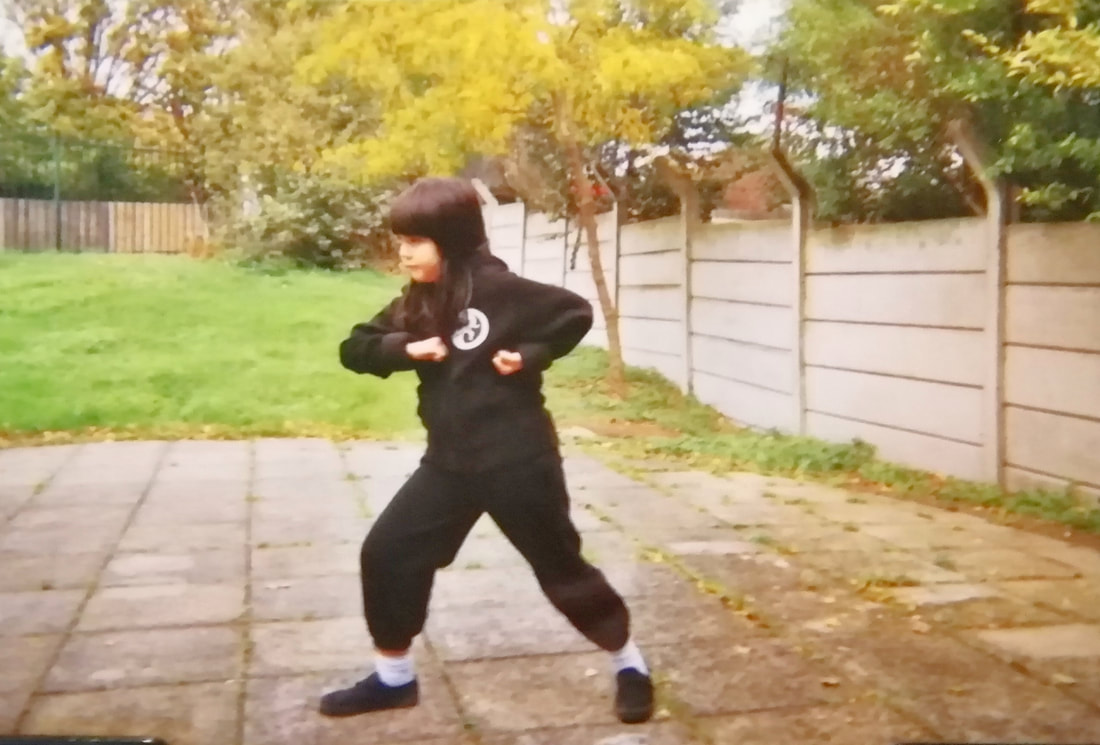
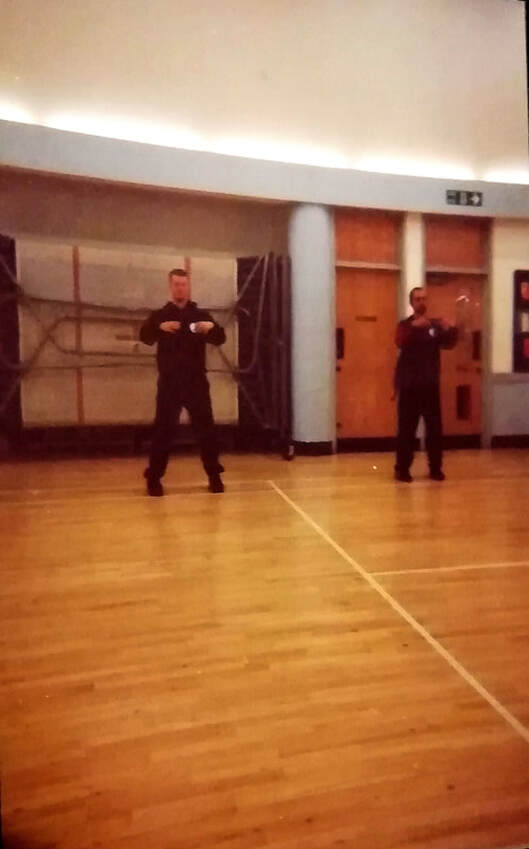
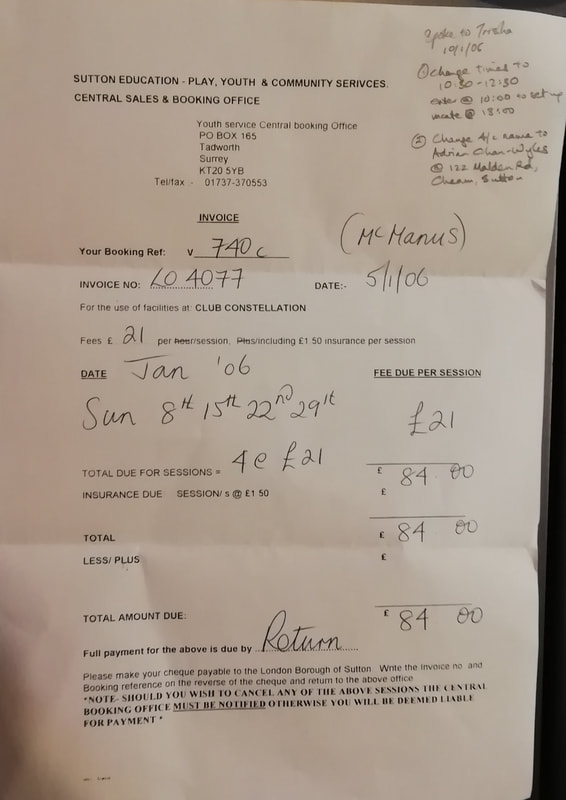
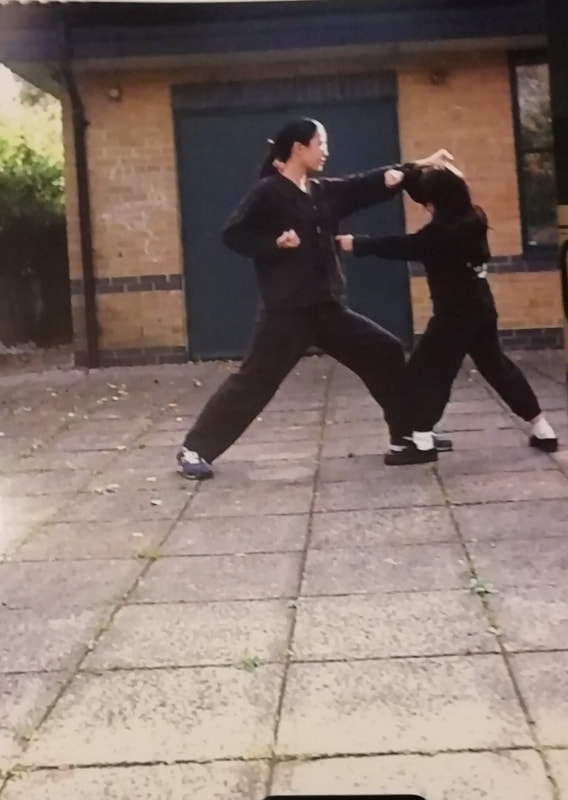
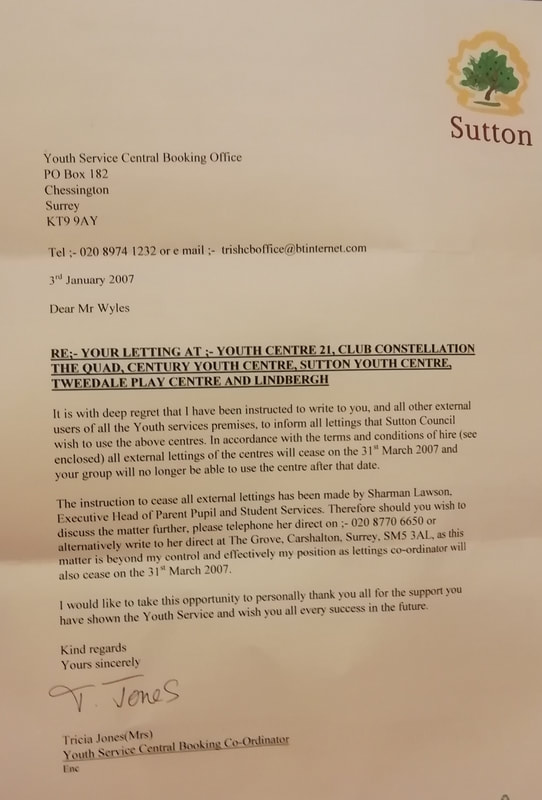
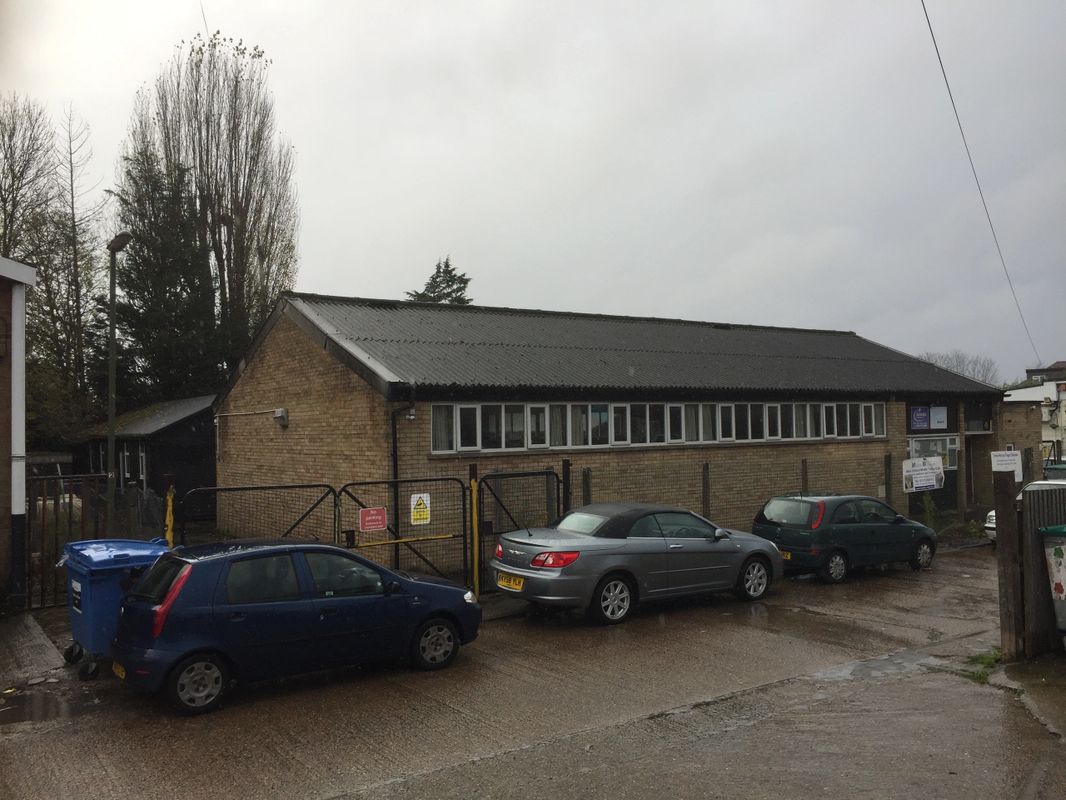
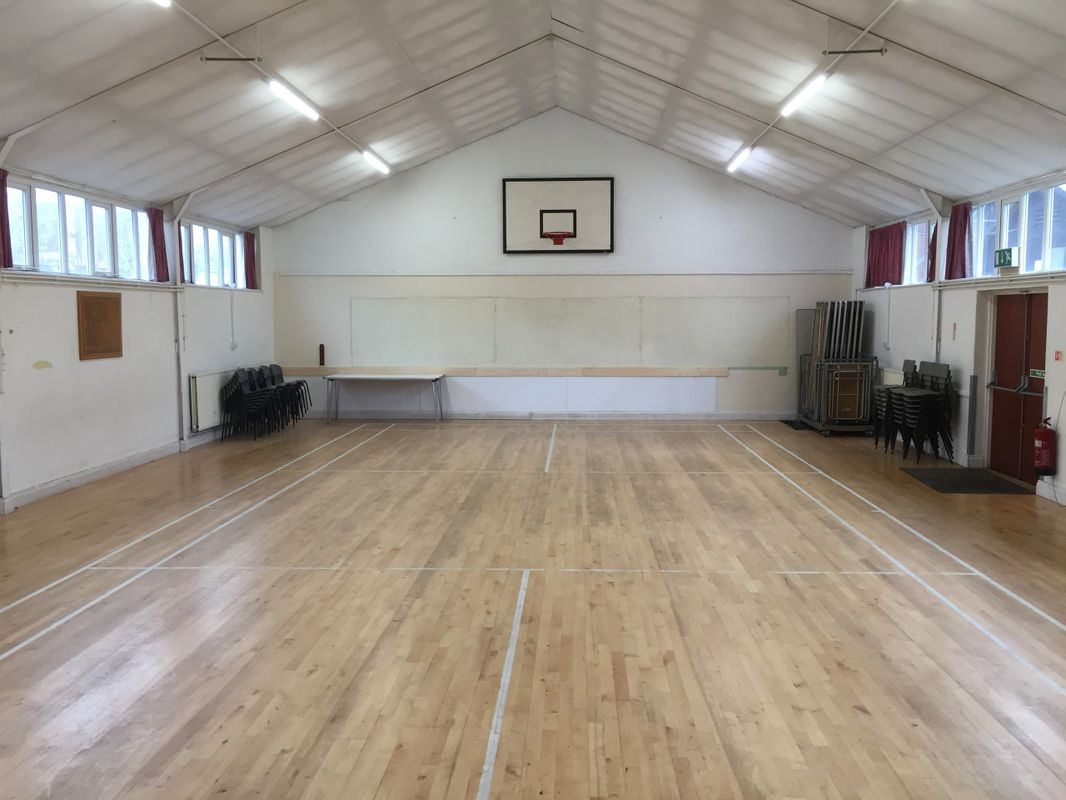
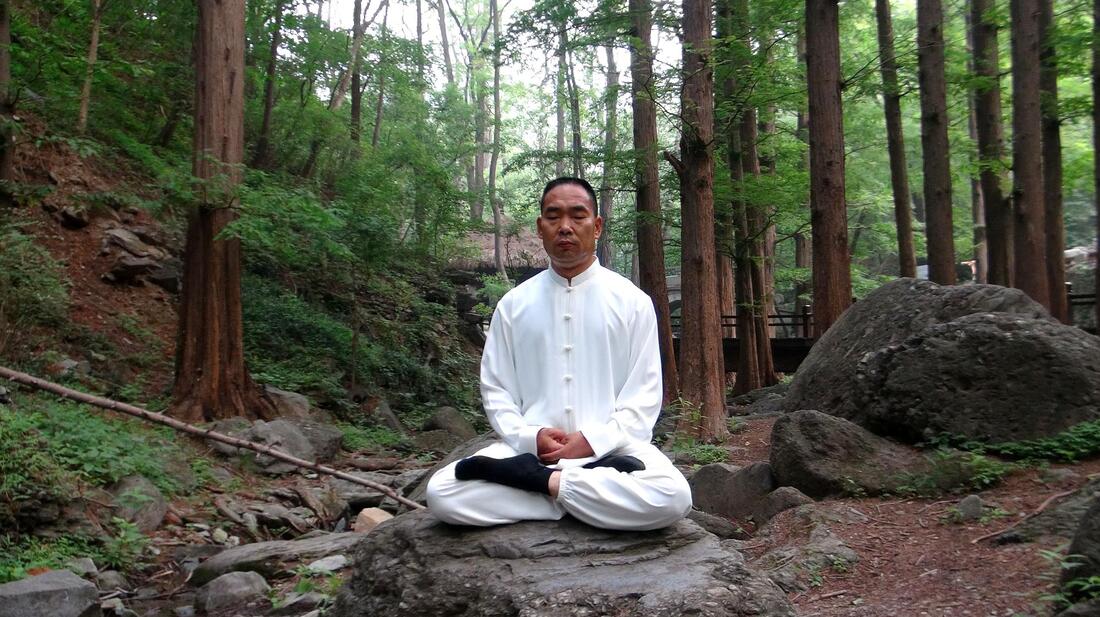
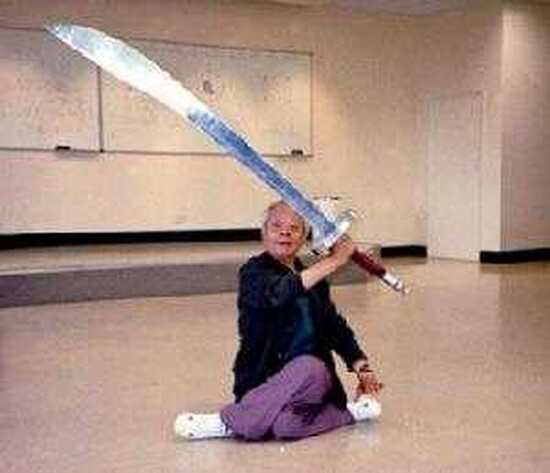
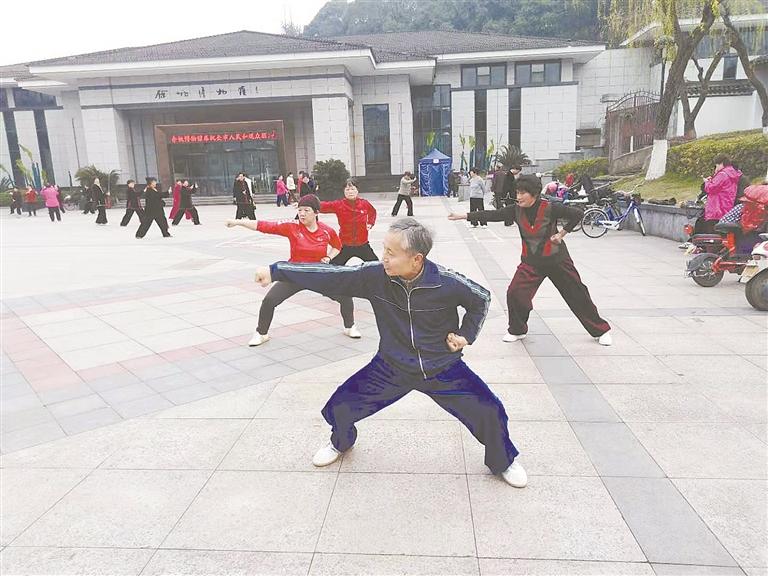
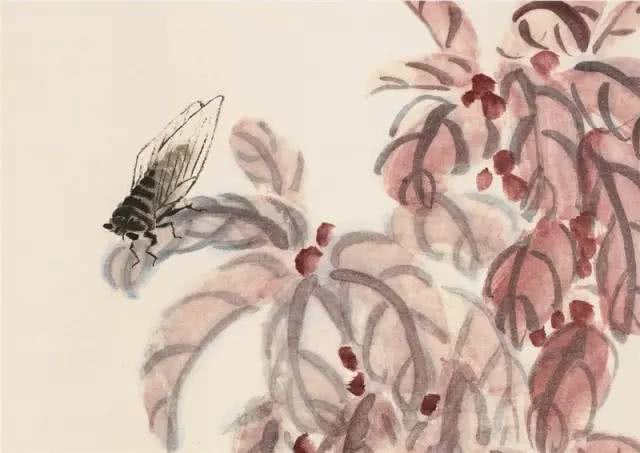
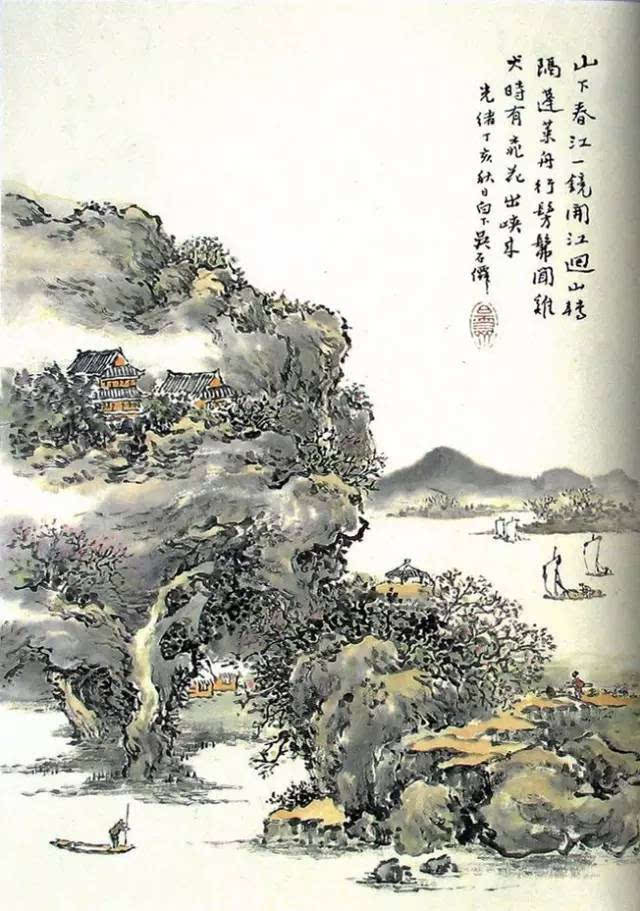
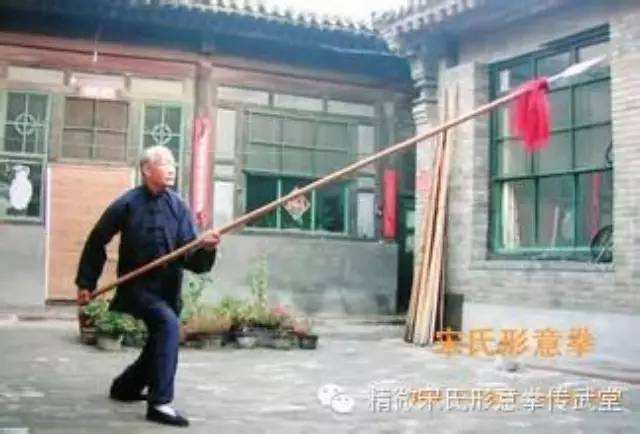
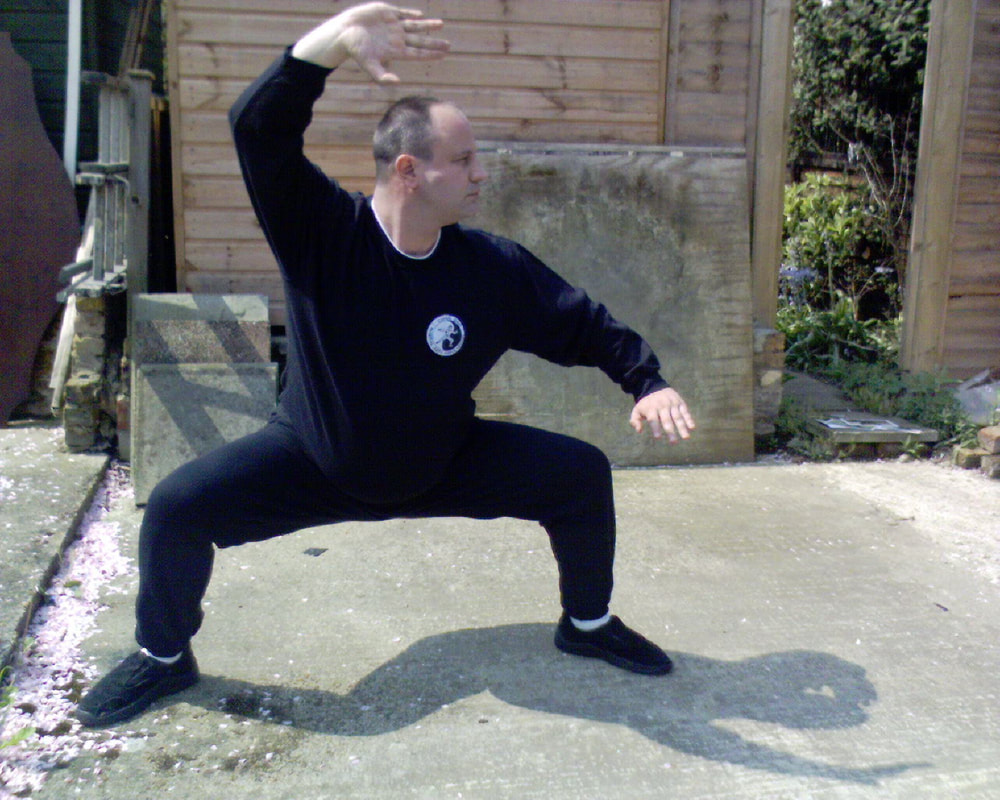
 RSS Feed
RSS Feed